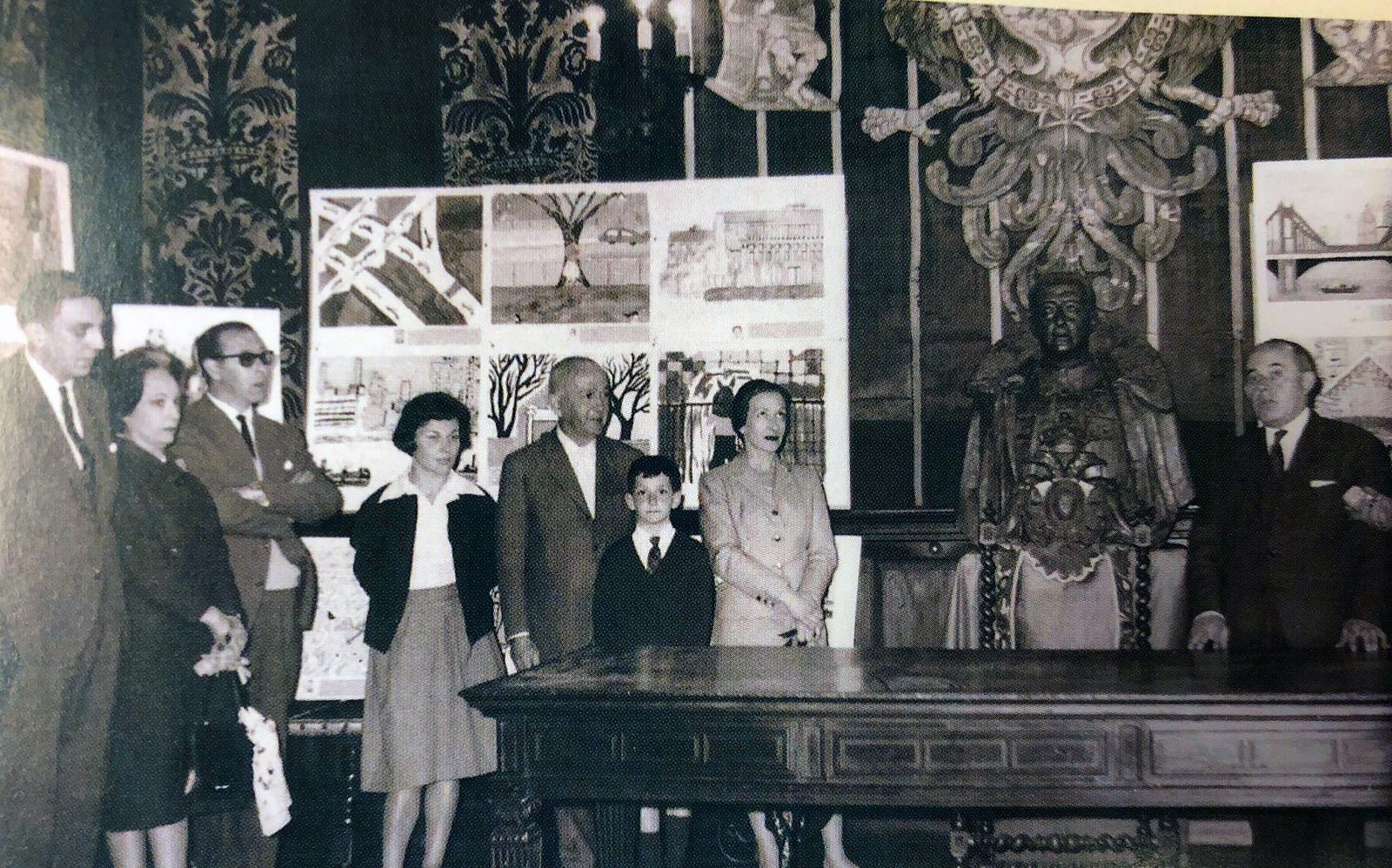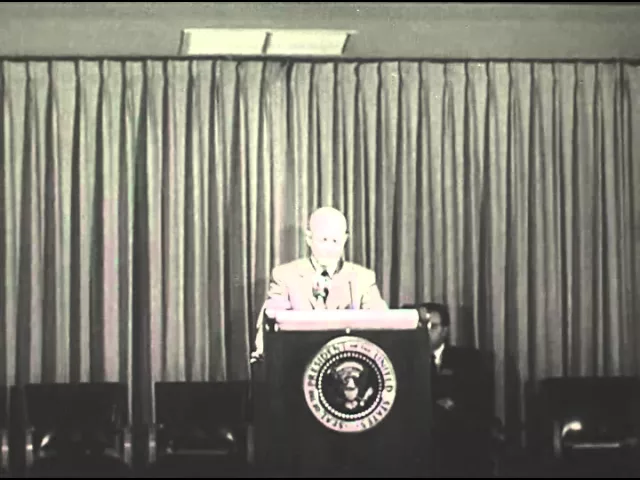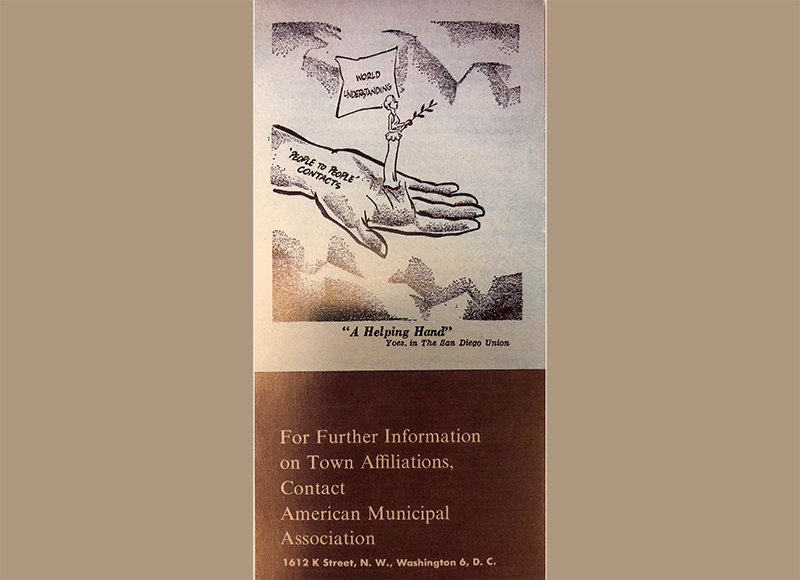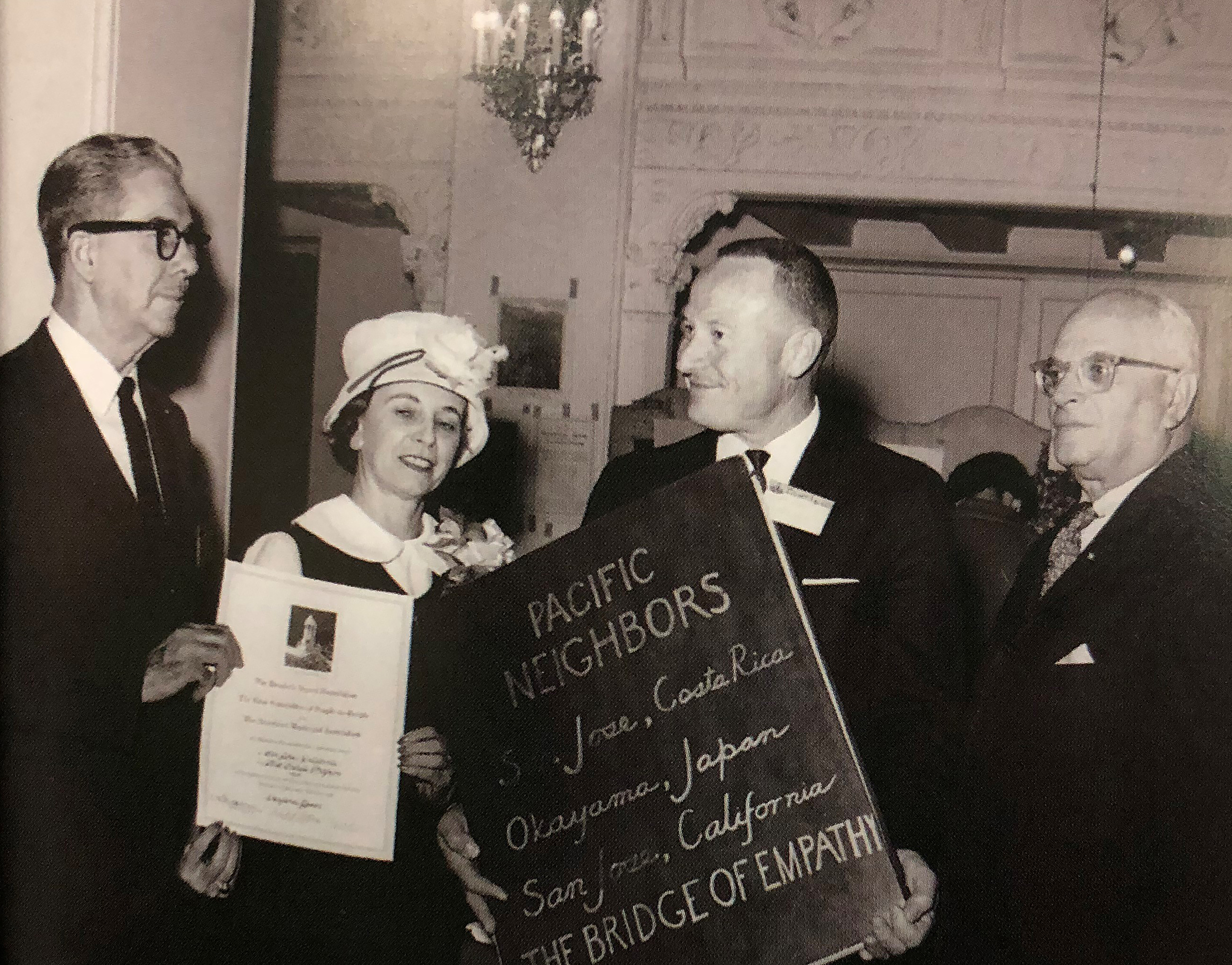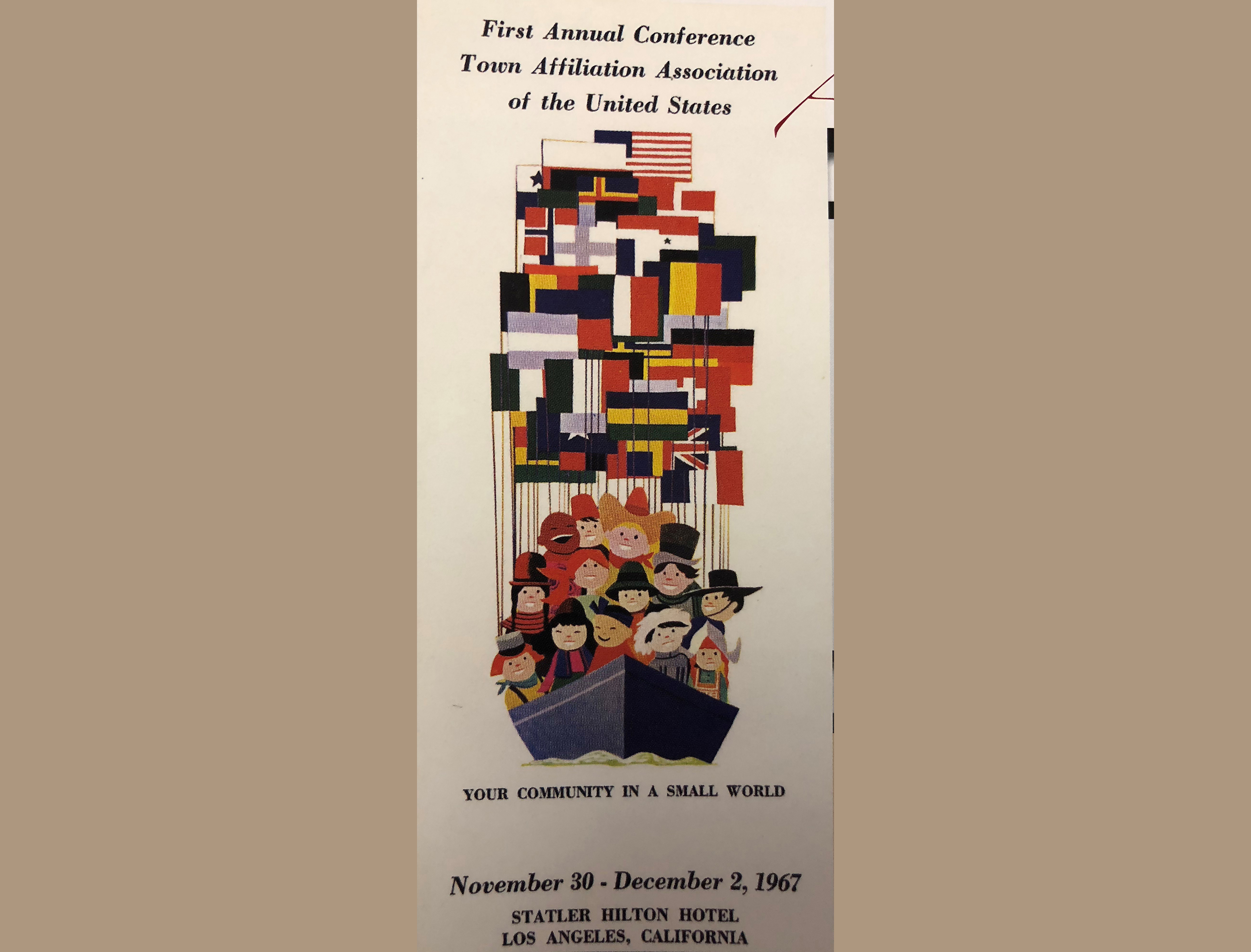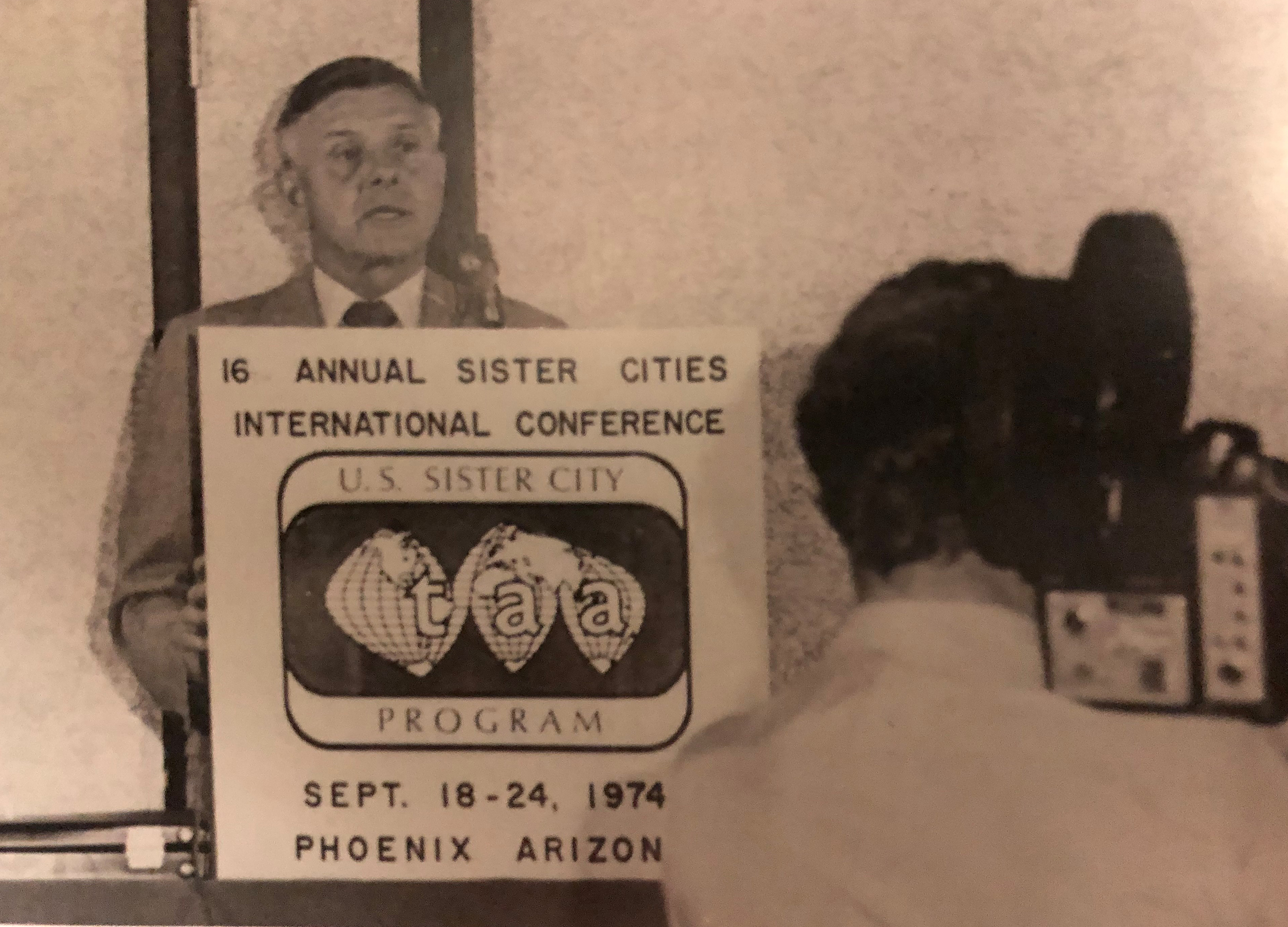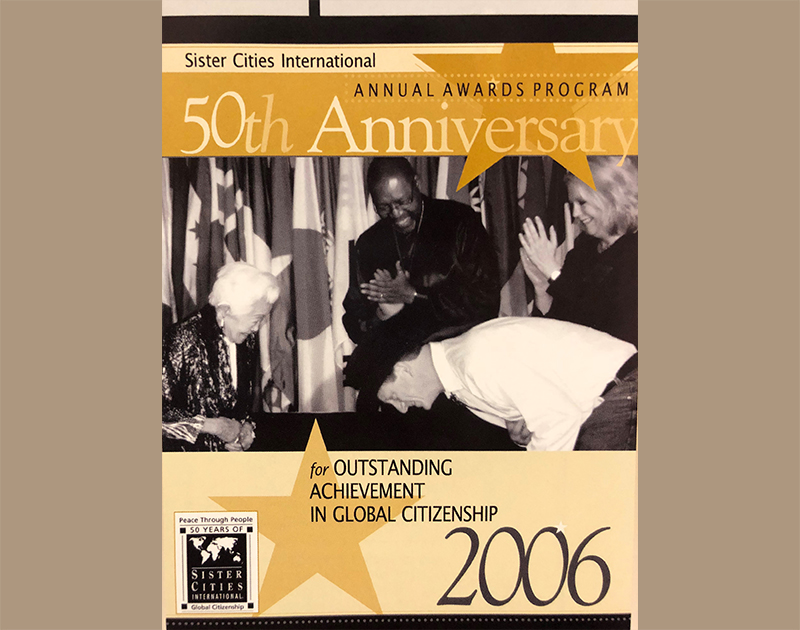OUR HISTORY
Sister Cities International has a rich history of citizen diplomacy and building relationships all across the world. See our timeline below for the best moments from the first sister city relationship to our 50th anniversary conference. For a more in-depth look at the first 50 years of Sister Cities International history, check out the online version of our anniversary book Peace Through People: 50 Years of Global Citizenship.

